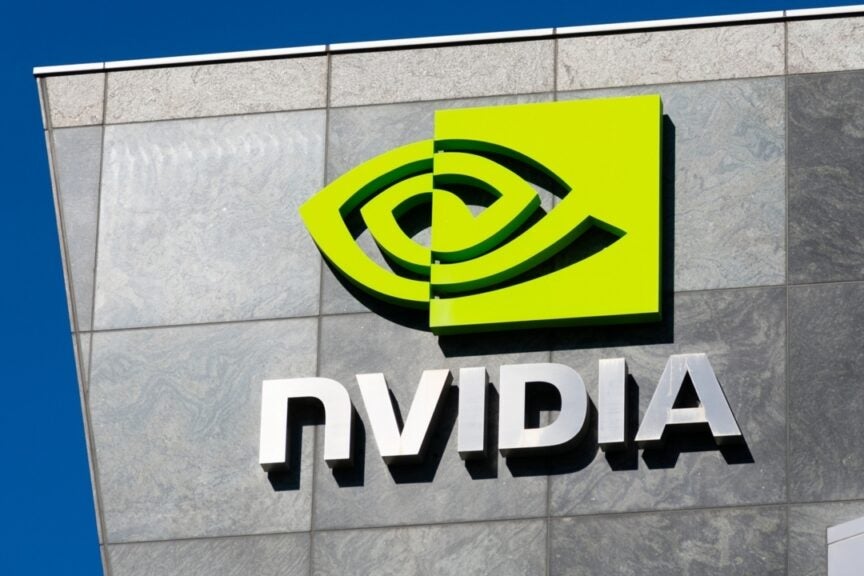Jensen Huang’s CES 2025 Vision: Revolutionary Insights or Overhyped Ambitions?
The Consumer Electronics Show (CES) 2025 has become a focal point for technological advancements, and this year, Jensen Huang, the charismatic CEO of Nvidia, took center stage with his bold predictions for the future of artificial intelligence (AI) and autonomous driving. His vision sparked excitement and skepticism alike, igniting a debate among industry experts about the practicality and implications of Nvidia’s innovations. As we delve into Huang’s ambitious claims, we will explore whether these insights are genuinely revolutionary or merely overhyped ambitions.
The Landscape of AI and Autonomous Driving
Artificial intelligence has been a game-changer across various industries, from healthcare to finance. The automotive sector, in particular, has been undergoing a transformation with the advent of autonomous driving technologies. Companies like Nvidia have positioned themselves as leaders in this space, utilizing their powerful GPUs to drive AI applications in real-time. At CES 2025, Huang painted a picture of a future where AI enhances not just driving but every aspect of our daily lives.
Key Highlights from Huang’s Presentation
- AI-Powered Personalization: Huang suggested that future AI systems will learn from individual preferences, creating a tailored experience for each user. Imagine your car adjusting its settings based on your mood or your home anticipating your needs before you even express them.
- Seamless Autonomous Driving: He asserted that AI will enable fully autonomous vehicles to navigate complex urban environments safely, reducing traffic accidents and increasing efficiency.
- Collaboration with Other Industries: Huang emphasized the importance of partnerships across sectors, suggesting that AI’s potential can be unlocked through collaborative efforts between tech companies and traditional industries.
- Real-time Data Processing: With advancements in AI, Huang claimed that vehicles will be able to process vast amounts of data in real-time, allowing them to react to their surroundings almost instantaneously.
Revolutionary Insights or Overhyped Ambitions?
While Huang’s vision is undoubtedly ambitious, it raises some pertinent questions. Are these predictions grounded in reality, or are they optimistic projections? To assess this, we need to consider several factors:
Technological Feasibility
The core of Huang’s vision lies in the technological advancements required to achieve such feats. For instance, the goal of achieving seamless autonomous driving faces numerous challenges:
- Regulatory Hurdles: Governments worldwide are still grappling with the regulatory frameworks necessary for autonomous vehicles. Issues around liability, insurance, and safety standards remain largely unresolved.
- Infrastructure Limitations: The current road infrastructure may not support the sophisticated needs of autonomous vehicles, necessitating significant upgrades and investments.
- Public Acceptance: For autonomous driving to become mainstream, public trust must be established. Incidents involving autonomous vehicles could hinder acceptance and adoption.
Market Readiness
Another aspect to consider is the market’s readiness for such innovations. While companies are racing to develop AI technologies, consumer readiness plays a crucial role in the adoption of these advancements:
- Consumer Awareness: Many consumers still lack a clear understanding of AI and its implications. Education around AI’s benefits and risks is essential for widespread acceptance.
- Cost Considerations: The integration of advanced AI systems in vehicles typically comes with a high price tag. Consumers may be hesitant to invest in technology that feels unproven.
Competition and Collaboration
The tech landscape is highly competitive, with various players vying for dominance in AI and autonomous driving. Huang’s assertion of collaboration between tech firms and traditional industries is critical, but how realistic is it? Major automotive brands have their own R&D departments, and collaboration often comes with challenges:
- Intellectual Property Concerns: Companies may be reluctant to share valuable data and insights, fearing it could undermine their competitive advantage.
- Different Objectives: Tech companies and automotive manufacturers often have divergent goals, complicating potential partnerships.
Expert Opinions: A Mixed Bag
The tech community’s response to Huang’s vision has been varied. Some experts are optimistic, viewing Nvidia’s innovations as a beacon of progress in the AI and autonomous driving sectors. They point to:
- Recent Achievements: Nvidia has made significant strides in AI research and development, showcasing its capabilities in real-world applications.
- Potential for Disruption: The potential for AI to disrupt traditional models of business and transportation is vast, sparking interest in new business models and services.
Conversely, skeptics warn against overhyping these predictions. They argue that:
- History of Overpromises: The tech industry has a history of overpromising and underdelivering. Caution is warranted before fully embracing these ambitious goals.
- Incremental Progress: Many believe that while progress will continue to be made, the journey will be slow and require patience.
The Path Forward: Balancing Vision with Reality
As we reflect on Jensen Huang’s CES 2025 vision, it’s clear that while the ambition is commendable, it must be tempered with realism. The future of AI and autonomous driving holds incredible potential, but realizing that potential will require:
- Continued Innovation: Ongoing investment in research and development is crucial to overcoming existing challenges.
- Regulatory Frameworks: Policymakers need to collaborate with tech companies to create a supportive environment for innovation.
- Public Engagement: Educating the public about AI and its benefits will foster acceptance and integration into everyday life.
Conclusion
Jensen Huang’s CES 2025 vision is undoubtedly a bold statement about the future of technology. While there are revolutionary insights to be gleaned from his predictions, the path to achieving these ambitions is fraught with challenges. The debate among industry experts will likely continue as we navigate the complexities of AI and autonomous driving. Ultimately, balancing visionary goals with practical considerations will be key to shaping a future where technology enhances our lives meaningfully and sustainably.
See more Future Tech Daily

